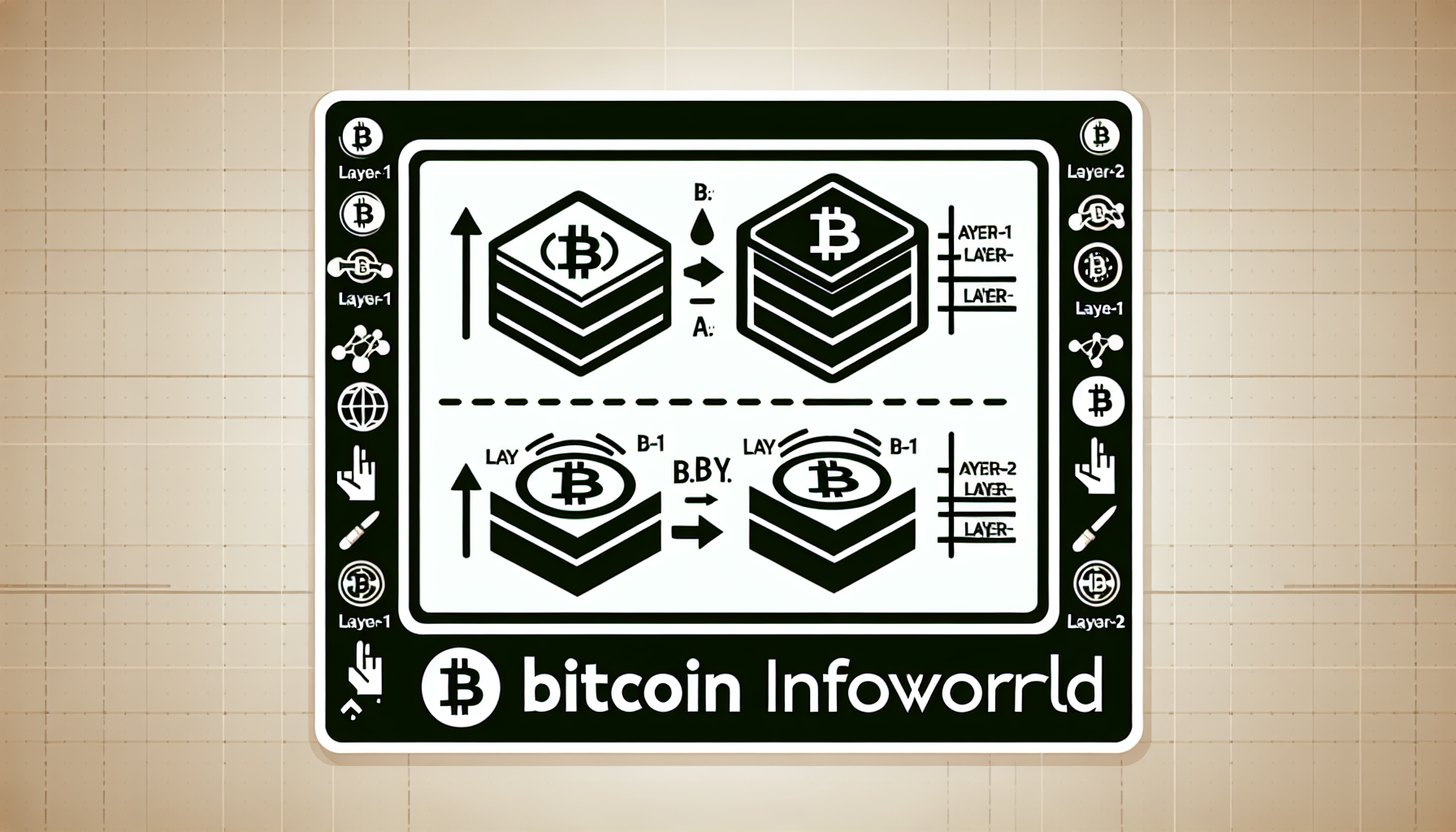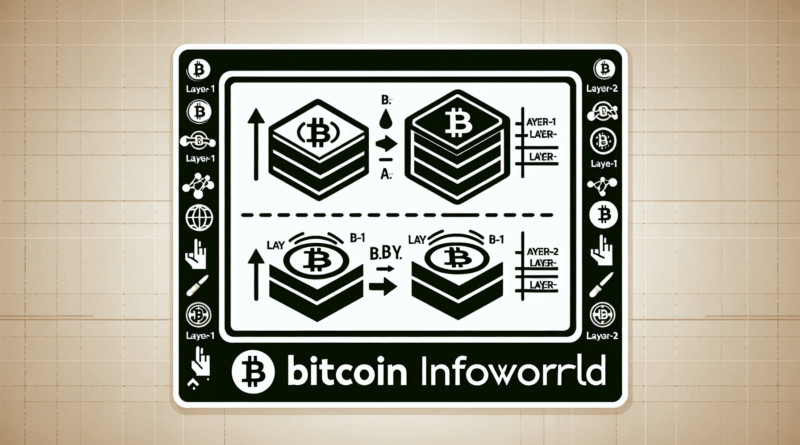Layer-1 vs. Layer-2 Altcoins Explained: Key Differences and Use Cases
Introduction: Understanding the Layers of Blockchain
Did you know that over 200 million people are currently using cryptocurrencies worldwide? Yet, most are unaware of the vital differences between Layer-1 and Layer-2 solutions that define the scalability and usability of digital currencies. This article aims to explain these complex concepts in simple terms, helping you navigate the evolving world of altcoins.
What is Layer-1?
Layer-1 refers to the base-level blockchain structure, such as Bitcoin or Ethereum. These networks process transactions directly on the blockchain without relying on external systems. For instance:
- Bitcoin: The original cryptocurrency, focusing on peer-to-peer transactions.
- Ethereum: Supports smart contracts and decentralized applications (dApps), providing flexibility for developers.
Layer-1 solutions face challenges like scalability; for example, Bitcoin can handle only about 7 transactions per second compared to Visa’s 24,000.

What is Layer-2?
Layer-2 solutions build on top of Layer-1 blockchains to enhance scalability and transaction speed. They involve protocols that process transactions off the main blockchain before finalizing them on the primary chain. Here are a couple of significant examples:
- Lightning Network: A Layer-2 solution for Bitcoin, allowing instant and low-cost transactions.
- Polygon: Enhances Ethereum scalability by enabling quicker transactions and lower fees.
With Layer-2 solutions, users can enjoy faster transaction speeds without Congesting the base layer, making these technologies essential for a more scalable future of digital currencies.
Layer-1 vs. Layer-2: The Battle of Altcoins
So why should you care about Layer-1 versus Layer-2 altcoins? Here are the primary distinctions:
- Transaction Speed: Layer-2 solutions provide quicker transaction times, ideal for high-frequency trading.
- Transaction Costs: Layer-2 generally offers lower fees, crucial for users looking to save on costs.
- Use Cases: Layer-1 is often seen as a base currency while Layer-2 serves niche applications.
For example, if you are looking to engage in rapid trading or microtransactions, a Layer-2 solution like Lightning Network could be a great fit.
Future Potentials: Which One to Choose?
As the cryptocurrency space evolves, choosing between Layer-1 and Layer-2 altcoins depends on your focus:
- If you prioritize security and decentralization, Layer-1 such as Bitcoin or Ethereum may be your best bet.
- If you are looking for speed and scalability, consider Layer-2 solutions like Polygon or the Lightning Network.
Keep your eye on the upcoming developments in Layer-2 technologies as they promise to reduce congestion that often plagues Layer-1 networks.
Conclusion: Taking Action in the Cryptocurrency World
Understanding the differences between Layer-1 and Layer-2 altcoins is crucial for effectively navigating the market. As the adoption of cryptocurrencies grows, becoming informed about these technologies will empower you to make smarter investment decisions. Consider downloading our detailed guide on how to securely store your cryptocurrencies to take your knowledge to the next level!
Disclaimer: this article does not constitute financial advice. Please consult your local regulatory authority before making any investment decisions. For further reading on related topics, check out these articles on Layer-1 Coins and Scalability Solutions.
By Dr. Jane Smith, a blockchain technology researcher with over 25 published papers and a lead auditor of the CryptoSecure Project.




